This article is part of our Ice Cream Report 2015.
It’s easy to blame the weather for the performance of ice cream tubs; after all in the summer of 2014 the mercury didn’t get close to the levels achieved the year before. Values sales fell by a fraction to £424.4m but volumes plummeted 4.9% [IRI 52 w/e 28 February 2015].
But the fact handheld ice cream achieved both value and volume growth in the same period, indicates there are other forces at play besides the temperature. So, what is behind the fall in volumes? And, what can be done to entice consumers back to the category?
“As a sector, there is a declining trend in tubs but that is down to family tubs and your everyday premium one litre tubs and also mini pots,” explains Charlotte Hambling, UK head of marketing at R&R ice cream. “The super premium, so the 500ml tubs, are still in very strong growth.”
Of the top 10 brands in tubs, only four achieved value and volume growth [IRI] and all operate in the super-premium sub-category. Haägen Dazs saw value growth of 1% on volumes up 1.8% while Ben & Jerry’s standard range gained 5.6% in value and 6.3% in volumes.
Top 10 ice cream brands (tubs)
Source: IRI 52w/e 28 February 2015
| VALUE | VOLUME | |||
|---|---|---|---|---|
| £m | y-o-y% | litres (m) | y-o-y% | |
| Ben & Jerrys Standard | 66.8 | 5.6 | 11.3 | 6.3 |
| Walls Carte Dor | 57.0 | -5.1 | 21.2 | -3.9 |
| Haagen Dazs | 45.8 | 1.0 | 7.4 | 1.8 |
| Kellys | 24.9 | -10.5 | 9.7 | -13.9 |
| Walls Soft Scoop | 21.4 | -4.0 | 20.5 | -6.0 |
| Walls Viennetta | 16.3 | -4.0 | 8.2 | -3.6 |
| Ben & Jerrys Core | 15.6 | -21.7 | 2.5 | -23.0 |
| Mackies | 11.2 | -4.2 | 4.8 | -7.6 |
| Ben & Jerrys Greek | 6.8 | 26920.4 | 1.1 | 33562.0 |
| Winner Swedish Glace | 3.9 | 9.1 | 1.3 | 2.5 |
The decline in family tubs and everyday premium, Hambling says, is due to a reduction in traditional family meal times and the products’ relevance as an accompaniment – rather than reaching for a vanilla ice cream to accompany a pie, families are tucking in to a super premium tub on the sofa.
In fact, exclusive research for The Grocer found that 63% of consumers eat ice cream as a dessert on the sofa and 30% are choosing handheld over ice cream in a tub or bowl [Harris Interactive].
“The overlap in handheld and tubs does tend to be in that premium indulgent arena. They are probably battling out a little bit being for those premium occasions but they do have two very distinct roles to play,” Hambling adds. “The 500ml tubs tend to be eating on the sofa, Saturday night in family all in together whereas the handheld indulgent sticks are more for that individual moment of pleasure.”
R&R is taking advantage of this trend with the launch of Marvellous Creations into a super-premium tub. Meanwhile, its Kelly’s ice cream has had a tough year. Value sales are down £2.9m on volumes down 13.9%. The brand is supported by a TV campaign running throughout April.
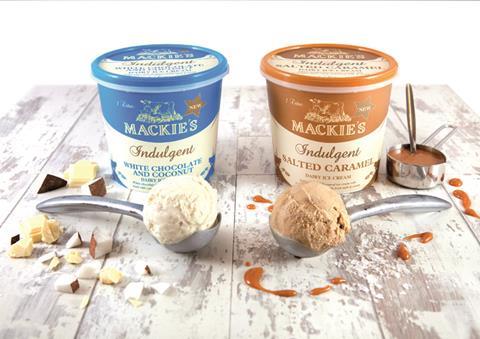
Scottish brand Mackie’s has also declined, losing £0.5m on volumes down 7.6%, but the brand remains positive about its performance as it extends its indulgent range.
“Mackie’s have increased availability nationally this year, of both our best-selling Traditional ice cream (naturally creamy flavour) and the second most popular flavour, Honeycomb,” says Karin Hayhow, marketing director at Mackies. “This, together with new flavours in our indulgent range in Scotland (Salted Caramel and White Chocolate & Coconut), is expected to increase both value and volume this year. Mackie’s proactive NPD and real dairy ice cream is perfectly positioned to meet consumer demand for good value and indulgence.”
Wall’s is also hoping flavour NPD in the form of Neapolitan, Raspberry Ripple and Mint Chocolate Chip will reinvigorate sales of its Soft Scoop range, value sales of which fell 4% on volumes down 6%.
“Category insights told us that consumers were looking for new variants that had a large number of serves per pack and could be eaten on their own. These additions to the brand’s portfolio will appeal to parents and grandparents looking for a variety of flavours,” says Noel Clarke, brand building director for Ice Cream at Unilever UK & Ireland.
Soft Scoop wasn’t the only one of the Wall’s portfolio to suffer. Carte d’Or lost £3m while Viennetta sales declined by £0.7m [IRI]. Clarke maintains these family dessert brands are key to driving seasonal sales, with strong uplift seen over the Easter period.
Meanwhile, some brands are using hard promotional tactics to drive sales. “The huge swing in tubs is because it’s become much more accessible on price and that is driven by brands on promotion and EDLP in own label,” says Hambling. “All of the retailers now have private label offering but at a £2 price point so it’s become very affordable as a sector which has had quite an impact on family tubs and everyday premium.”

It’s not just family tubs that are suffering. Punk ice cream brand The Licktators says competing in the same way on promotions would be ‘suicidal’ for a small brand. The start-up British ice cream business gained listings with Ocado in June 2014, where it retails at £4.99 and £3 on promotion, and has recently launched into The Co-op.
“Of course we have to compete with the likes of Ben & Jerry’s on price but the objective of Unilever is to freeze out the competition and they do that by buying up space and heavily discounting,” says The Licktators founder, Matt O’Connor. “We can’t go for a like for like promotional strategy against Ben & Jerry’s – you know £2 or £2.49. That is insane. We wouldn’t have a brand in 12 months. We have to be creative and use our resources wisely, creatively and intelligently.”
As such, O’Connor claims to be fighting a ‘guerrilla war’ against the competition through the use of innovative flavours, unusual sales channels and creating talkability around the brand via social media. As part of this, The Licktators is launching a competition to find Britain’s Twerkiest Tongue via social media and consumers can expect an alcoholic variant from the brand in September.
“The other thing we want to do is challenge the food fascists and this hysteria around fat and sugar. When you’re selling something like cinnamon doughnut ice cream you are raising two fingers at the health lobby. We feel quite passionately about responsible eating but let’s not lose sight of the fact that food is enjoyable and fun,” O’Connor adds.
Despite this view, O’Connor believes there are huge opportunities to be had in frozen yoghurt. A number of brands agree. R&R extended YooMoo into lollies as Beechdean plans to launch Noughty Noughty – a frozen dessert impulse range that boasts 0% fat and sugar with just 35 calories per 100ml. And Ben & Jerry’s pulled in £6.8m with its Greek Frozen Yoghurt range which was supported by a TV and cinema campaign featuring a miniature Zeus.
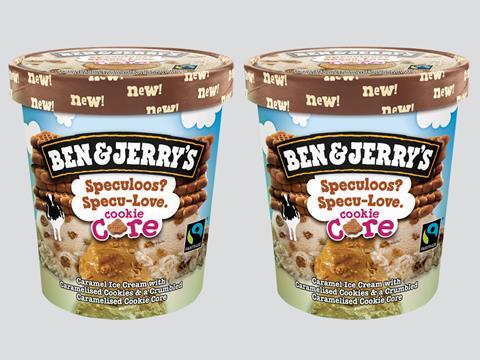
The focus of its marketing campaign this year is its core range, which declined by £4.3m [IRI], partly as a result of increased deals on Ben & Jerry’s standard that widened the price gap between the two. “The range is set to benefit from a £3.5 million marketing campaign this year alone to continue to drive sales for retailers, further cement Ben & Jerry’s as leaders of the luxury ice cream herd and grow the ice cream category,” says Unilever’s Clarke.
The range was extended with Cookie Cores earlier this year to include: What-a-Lotta-Chocolate, Utter Peanut Butter Clutter and Speculoos? Specu Love, each made with crumbled chocolate, peanut butter or caramelised cookies in a crunchy, spoonable core.
The range is proving a hit, according to Clarke. “Ben & Jerry’s Cookie Cores join the existing Cores range and have already delivered incredibly strong rate of sale since launch – the range has already outperformed Karamel Soutra variants in the existing Cores line-up, which was the best performing variant of the Core range so far and sits within the top six best performing SKUs in value terms in the entire Ben & Jerry’s portfolio,” he says.
In partnership with

Data is provided by IRI, a leader in delivering powerful market, consumer and media exposure intelligence and predictive analytics to its clients in the FMCG, retail and over-the-counter health care industries. www.iriworldwide.co.uk.
Topics
10 things you need to know about… ice cream
- 1
- 2
- 3
- 4
- 5
- 6
- 7
- 8
 Currently reading
Currently readingFamily tubs left on shelf as premium ice cream booms
- 9
- 10
- 11




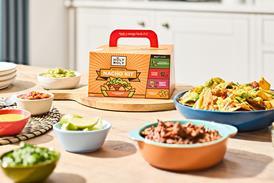













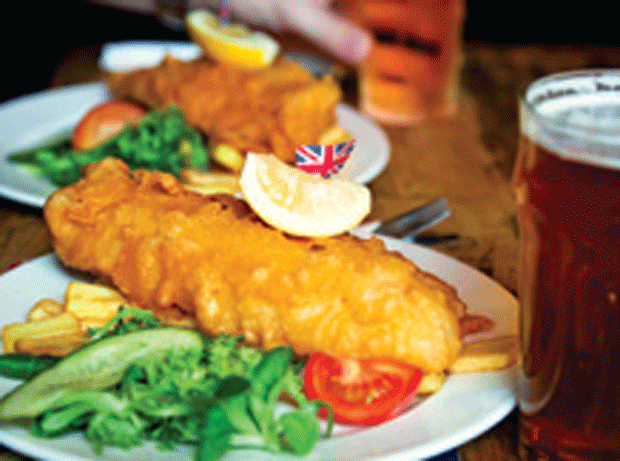
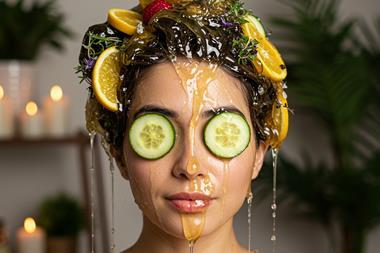

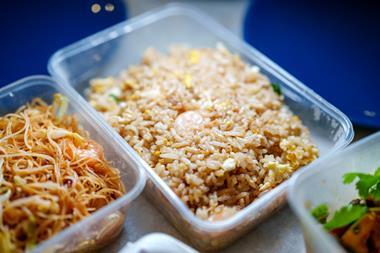







No comments yet